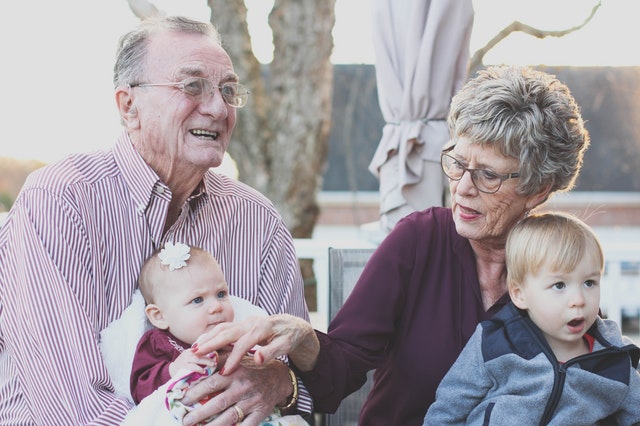Many of us aren’t particularly keen on rolling out of bed on Monday morning and facing a brand-new work week, but if you want to keep a roof over your head and food in the fridge, a job is necessary (unless you’re a Powerball winner). Or maybe you’re one of those people who is passionate about their work. Either way, there are certain expectations you have about the workplace; safety probably ranks high up there. For many who toil away their 9-to-5 hours in a manufacturing or industrial setting, there is an increased risk of developing hearing loss.
Hearing Loss Affects People of All Ages

People often think of hearing loss as something that is confined to senior citizens, but in truth only about one-third of patients with a hearing impairment are 65 or older. 15 percent of the people with a hearing loss in San Francisco are aged 20-69, and many of those individuals can blame their condition on excessive noise exposure.
Exposure to sounds exceeding 85 decibels (dB) causes damage to the nerve cells of the cochlea responsible for hearing. The condition, known as noise-induced hearing loss, affects people of all ages and is a hazard associated with many activities including concerts, sporting events, hunting, fireworks displays, motorcycle riding, etc. The louder the noise, the faster irreversible harm occurs; at 85 dB you are generally safe for around eight hours, but at 100 dB damage can occur in only 15 minutes.
Noisy workplaces are a prime source of NIHL for workers in the Bay Area and across the country.
Preventing NIHL in the Workplace
High-risk occupations for NIHL include construction, manufacturing and heavy equipment. But even those in less-obvious positions are at risk; teachers, musicians, gardeners, farm workers and airport ground staff, among others, are all routinely exposed to potentially harmful noise levels in the workplace.
The Occupational Safety and Health Administration (OSHA) has established guidelines for permissible noise exposure levels in an effort to protect workers in San Francisco and throughout the country from developing NIHL. They have the maximum permissible noise level exposure is 90 dB in an eight-hour day. In addition, they have ensured that employees have certain rights, including:
- Working conditions that do not pose a risk of serious harm.
- Information and training on workplace hazards, ways to them and OSHA standards that apply to their workplace.
- Record reviews for all work-related injuries and illnesses if requested.
- Confidential complaints requesting an OSHA inspection of the workplace.
- The right to bring up an issue without fear of retaliation, including reporting an injury or raising health and safety concerns with their employer or OSHA.
Most employers already comply with OSHA requirements and provide adequate protection for employees on work sites where hearing damage is a risk. To learn more about ways to protect yourself from on-the-job hearing loss, contact your San Francisco audiologist today.
